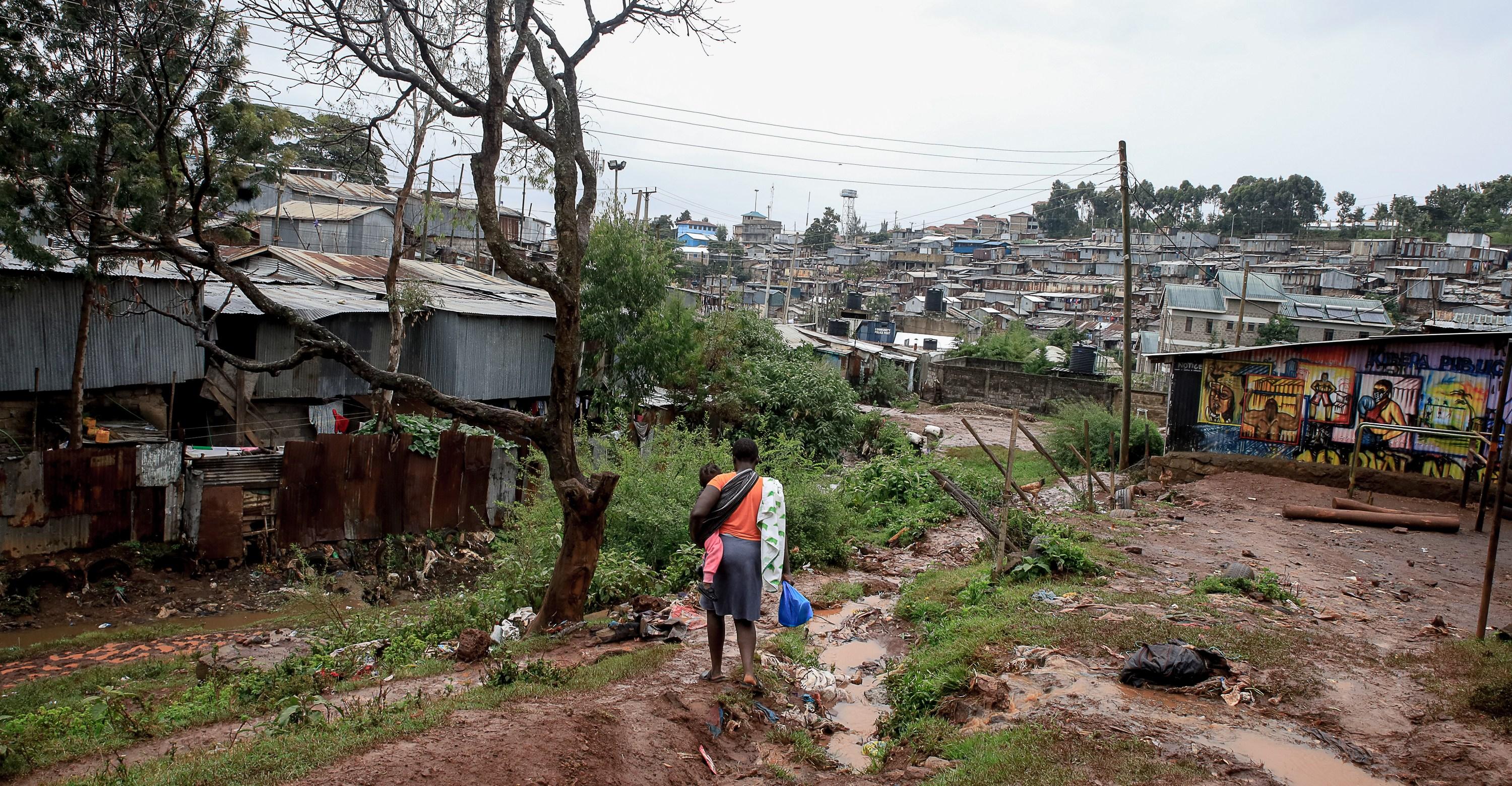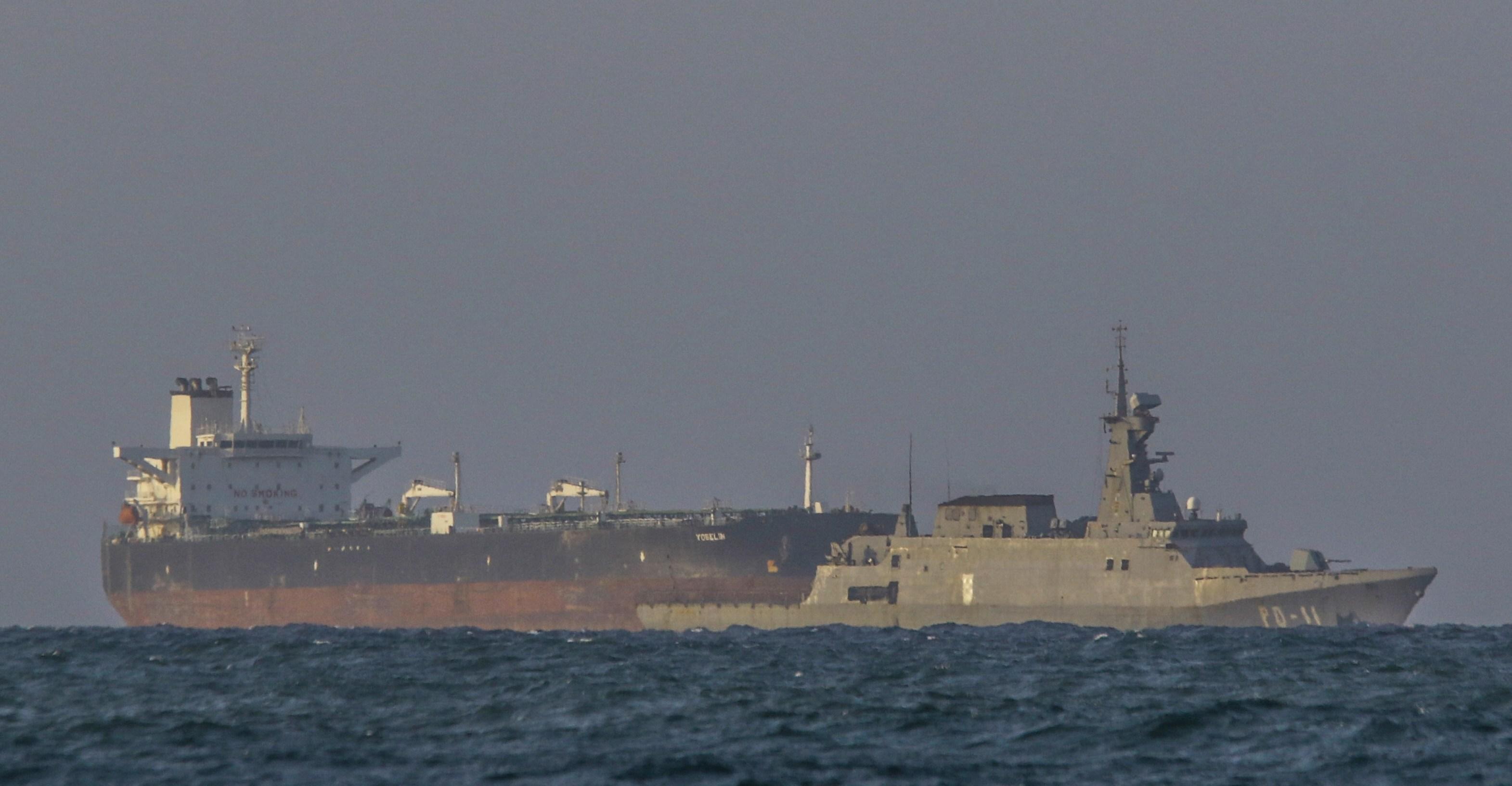The super typhoon Nanmadol has killed two people and injured almost 90

Nine million people have been told to evacuate their homes as Japan is battered by one of the worst typhoons the country has ever seen.
The super typhoon Nanmadol has killed two people and injured almost 90.
It hit Kyushu, the southernmost of Japan's four main islands, on Sunday morning, and is set to reach Honshu, the largest island, in the coming days.
Tens of thousands of people spent Sunday night in emergency shelters, and almost 350,000 homes are without power.
Transport and business has been disrupted, and the country is braced for extensive flooding and landslides.
Nanmadol has brought gusts of up to 234km/h (145mph), and some areas were forecast 400mm (16 inches) of rain in 24 hours.
Bullet train services, ferries, and hundreds of flights have been cancelled. Many shops and other businesses have closed, and sandbags have been put in place to protect some properties.
The typhoon made landfall near the city of Kagoshima, on the southern tip of Japan's most southerly island, Kyushu, on Sunday morning. A river in Kyushu has burst its banks.
State broadcaster NHK said one man was killed when his car was submerged in flooding, and another died after being buried in a landslide. One more person remains missing, and 87 have been injured.
Local video footage shows roofs ripped off buildings and billboards toppled over.
The storm is forecast to turn east and pass over Japan's main island of Honshu before moving out to sea by Wednesday. The capital, Tokyo, has experienced heavy rain, with the Tozai underground line suspended because of flooding.
A level-five alert, the highest on Japan's disaster warning scale, has been issued for more than 500,000 people in the Kagoshima, Miyazaki, Oita, Kumamoto and Yamaguchi areas.
A total of around nine million people have been ordered to evacuate parts of the Kyushu, Shikoku and Chugoku regions after a level four alert.
Nanmadol has been categorised as a super typhoon by the US Joint Typhoon Warning Centre (JTWC), a term applied to storms with sustained wind speeds of 240km/h (150mph) or more. It is the equivalent of a category four or five hurricane.
Prime Minister Fumio Kishida has delayed a visit to New York, where he is due to give speech at the UN General Assembly, until Tuesday, to monitor the impact of the storm.
Scientists have predicted a very active hurricane season this year, influenced by a natural phenomenon known as La Niña.
Warmer sea surface temperatures in the Atlantic and Caribbean as a result of climate change may also have an impact.
The Intergovernmental Panel on Climate Change (IPCC) has said intense tropical cyclones will likely increase on a global scale.
SOURCE: BBC NEWS
Pakistan Navy launches fourth Hangor Class submarine 'Ghazi' in China
- 11 hours ago

The low, low cost of ending extreme poverty
- 2 hours ago

Inside the high drama of the iPhone 4
- 4 hours ago

Tremors felt in Balochistan's Barkhan district
- 15 hours ago

You need to listen to Sudan Archives’ violin opus for the club
- 4 hours ago
NFL playoff-clinching scenarios: Which teams can secure a berth in Week 16?
- 3 hours ago

Met Office forecast rain, snowfall from Dec 20
- 12 hours ago

The global shadow economy behind Trump’s latest move on Venezuela
- 2 hours ago
What is going on with Trevon Diggs and the Dallas Cowboys?
- 3 hours ago

Everything is a mockumentary now, thanks to Rob Reiner
- 2 hours ago
India summons Bangladesh envoy over security concerns in Dhaka
- 15 hours ago
NDMA dispatches 27th aid consignment for Palestinians
- 13 hours ago



